can norway maple produce selfed seed, or seed with sugar maple?
jocelynpei
8 years ago
Featured Answer
Sort by:Oldest
Comments (51)
wisconsitom
8 years agohairmetal4ever
8 years agoRelated Discussions
Are sugar maple Sammaras/seeds ripe now?
Comments (25)Yeah, it looks like the samaras were shed. Sometimes one windy day can carry them everywhere. They can hybridize. As Dax said, it is probably black maple. Black and Sugar can hybridize easily, and in fact, it's sometimes thought that the Sugar Maple cultivar 'Green Mountain' is actually a hybrid of black and sugar, but I don't think that has ever been proven. Sugar Maple, I believe can hybridize with any of the other "sugar-type" maples: Acer nigrum (Black Maple) Acer grandidentatum (Bigtooth Maple) Acer leucoderme (Chalk Maple) Acer floridanum (AKA Acer barbatum) Florida Maple or Southern Sugar Maple Acer skutchii (Mexican sugar maple) I don't know if it can hybridize with others, but I'm pretty sure it cannot hybridize with the other common Eastern maples, at least not the commonly found large ones (Red and Silver). I don't know if they're pollen-compatible, but the bloom times don't overlap, so it at least won't happen in nature. I also don't believe it can cross with Norway Maple (Acer platanoides), despite their superficial similarities, they're actually not that closely related. There may be some Asian maples they could cross with, but I'm not sure. Someone more knowledgeable can chime in I'm sure....See MorePropagate sycamore maple through seeds
Comments (3)Iskandros, in my part of the world these are basically weed trees. I'm sure you could find hundreds of already germinated babies in the spring. As to harvesting I don't know for sure, but I'd just collect them when they start flying off the trees in their thousands and sow them immediately. I see no point in climbing into the trees to harvest when they will be raining down in a few more weeks....See MoreSugar Maple vs. Miyabe Maple
Comments (39)That's very interesting, esp. considering our experience last fall. The autumn brilliance serviceberry in the front was still green when all or most of the other maples in the neighborhood had lost their leaves. It coincided with the oaks that turn red. It was one of the very last trees to turn. The one in the backyard changed about a week earlier for some reason, but was still late. The Dakota Pinnacle was the very last tree to turn and stuck out like a sore thumb with bright yellow leaves when everything else on the street was bare. We live near the Bailey Nursery headquarters where they have a bunch of trial plants surrounding their parking lots with labels, and i drive past a lot. Their Dakota Pinnacle birch also didn't change til everything else had lost leaves. And their Sunburst (which is extremely enormous, like an old oak) looked like ours, leaves turning a kind of olive/copper green then falling after frost and snow. They have something labeled as a Japanese maple but I think it's a Korean maple. Japanese maples aren't hardy here. That was one of the first trees to lose leaves....See MoreNorway Maple trunk/root rot?
Comments (29)Well I'm sure if you have more aggressive invasive species growing together in the same area, the more aggressive species will crowd out the less aggressive ones. What you are talking about kidhorn is more local conditions with those species. You get further north where tree of heaven isn't as aggressive and the norway maple can do a lot of damage, especially in the new england states where sugar maples are abundant. 'Norway maple is an invasive species. It is a non-native popular landscape tree that can spread into native woodlands. Norway maple invades woodlands by out-competing sugar maple due to its shade tolerance. Wildflower diversity is reduced because it forms a dense canopy.' Norway maple (umn.edu) https://extension.umn.edu/identify-invasive-species/norway-maple#:~:text=Norway%20maple%20is%20an%20invasive,it%20forms%20a%20dense%20canopy....See Morejocelynpei
8 years agoDan _Staley (5b Sunset 2B AHS 7)
8 years agowisconsitom
8 years agoHuggorm
8 years agowisconsitom
8 years agoHuggorm
8 years agolast modified: 8 years agowisconsitom
8 years agoEmbothrium
8 years agolast modified: 8 years agogardengal48 (PNW Z8/9)
8 years agohairmetal4ever
8 years agolast modified: 8 years agoEmbothrium
8 years agolast modified: 8 years agowisconsitom
8 years agowisconsitom
8 years agoHuggorm
8 years agowisconsitom
8 years agolast modified: 8 years agoHuggorm
8 years agowisconsitom
8 years agoHuggorm
8 years agolast modified: 8 years agobengz6westmd
8 years agolast modified: 8 years agohairmetal4ever
8 years agowisconsitom
8 years agoDan _Staley (5b Sunset 2B AHS 7)
8 years agoarbordave (SE MI)
8 years agolast modified: 8 years agoHuggorm
8 years agowisconsitom
8 years agojocelynpei
8 years agoarbordave (SE MI)
8 years agowisconsitom
8 years agogardengal48 (PNW Z8/9)
8 years agowisconsitom
8 years agoEmbothrium
8 years agogardengal48 (PNW Z8/9)
8 years agowisconsitom
8 years agojocelynpei
8 years agoarbordave (SE MI)
8 years agowisconsitom
8 years agoEmbothrium
8 years agolast modified: 8 years agoarbordave (SE MI)
8 years agoEmbothrium
8 years agoarbordave (SE MI)
8 years agoEmbothrium
8 years agobengz6westmd
8 years agowisconsitom
8 years agoHuggorm
8 years agojocelynpei
8 years agojocelynpei
8 years agojocelynpei
4 years ago
Related Stories
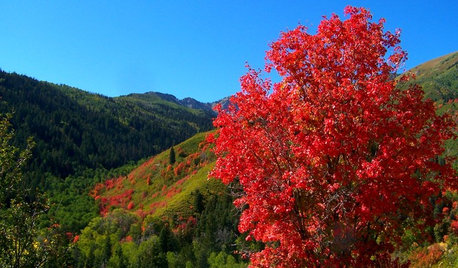
GARDENING GUIDESBigtooth Maple, the West’s Native Sugar Maple
Plant Acer grandidentatum for cool shade, brilliant autumn colors and songbird habitat
Full Story
TREESGreat Design Plant: Coral Bark Japanese Maple, a Winter Standout
Go for garden gusto during the chilly season with the fiery red stems of this unusual Japanese maple
Full Story
TREES11 Japanese Maples for Breathtaking Color and Form
With such a wide range to choose from, there’s a beautiful Japanese maple to suit almost any setting
Full Story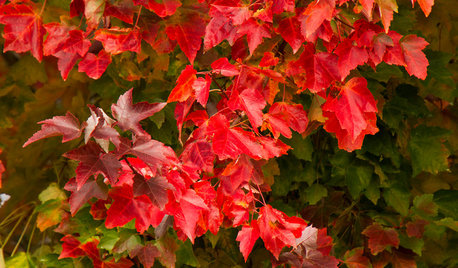
TREESGreat Design Plant: Acer Rubrum Brings Shade and Beauty
Red maple — a fast-growing, low-maintenance Eastern native — has spectacular fall foliage and early-spring flowers that feed pollinators
Full Story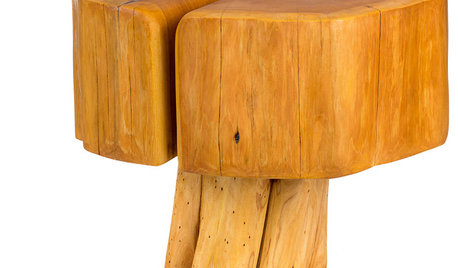
PRODUCT PICKSGuest Picks: Beautiful Things You Can Feel Good About Buying
Upcycled, ecofriendly or just made responsibly, these home accessories and furniture pieces will keep your conscience clear
Full Story
GARDENING GUIDES10 Tips to Start a Garden — Can-Do Ideas for Beginners
Green up your landscape even if you're short on time, money and knowledge, with these manageable steps for first-time gardeners
Full Story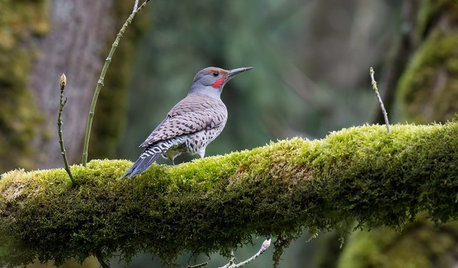
GARDENING GUIDESBackyard Birds: Healthy Home Habitats for Northern Flickers
These colorful woodpeckers found across the U.S. and Canada love berries, seeds and ants and often nest in deep burrows in trees
Full Story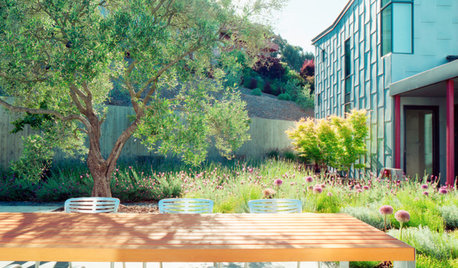
LANDSCAPE DESIGNGardening for Happy Kids
Foster creativity, self-esteem and more by designing your landscape with a sense of discovery
Full Story
SUMMER FRUITS AND VEGETABLESSummer Crops: How to Grow Beans
Grow your own beans for amazing variety and healthy, convenient produce all summer
Full Story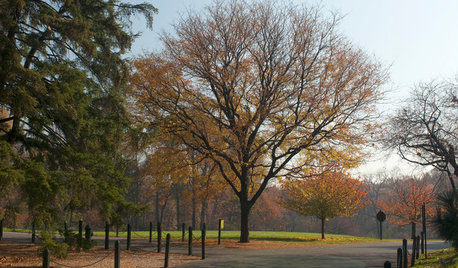
GARDENING GUIDESGreat Design Plant: Honey Locust Tree
No, it doesn't actually produce honey. But its dappled light and tolerant nature are treats in city and country settings alike
Full Story


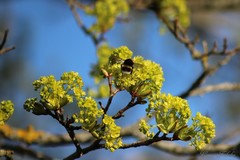

hulicobra